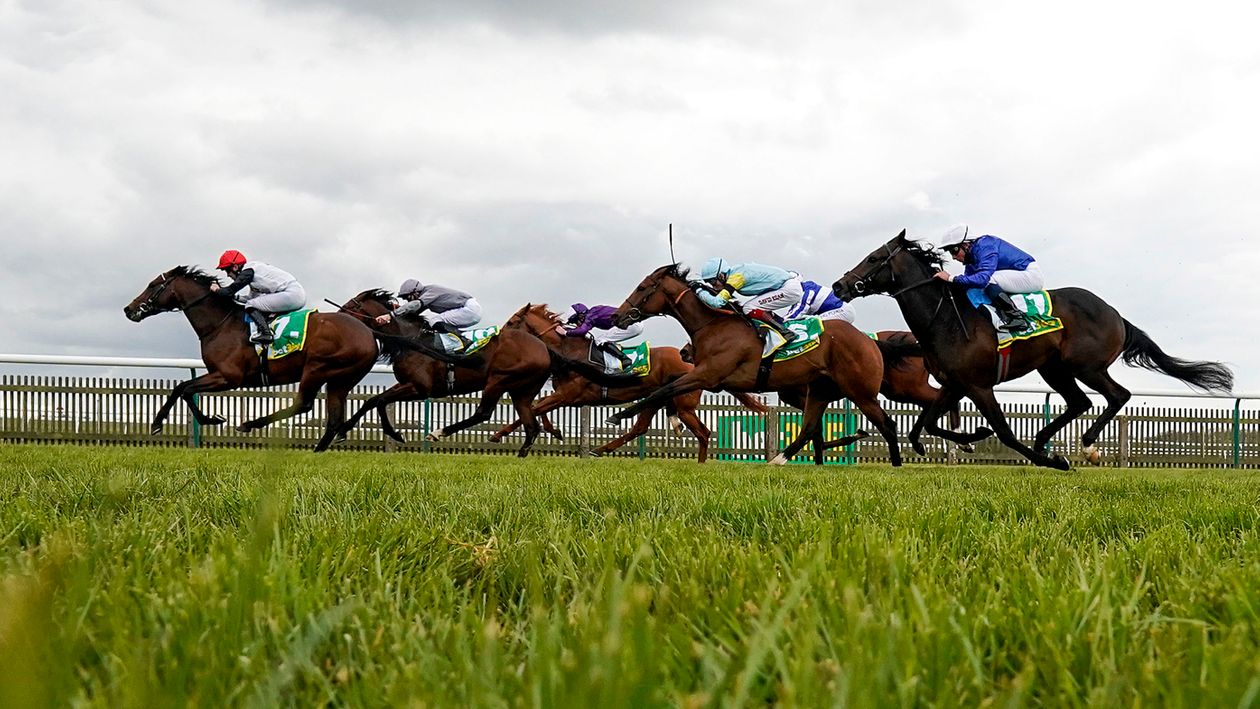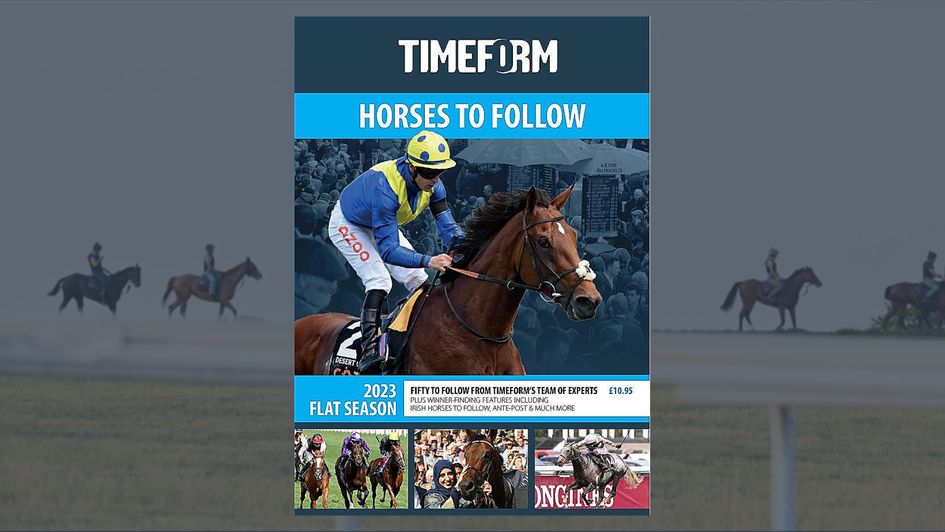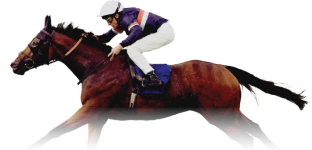Timeform’s Graeme North explains how it is possible to identify a horse’s likely ability before they have run, and reveals the predicated ratings for Thursday's Wood Ditton Stakes.
None of the field in the Wood Ditton (14:25 Newmarket, Thursday) has run before, so how can we assess their individual prospects? After all, don’t we know nothing about them?
Actually, we do know something about them. Quite a lot, in fact. We might not know how they have been training at home – the betting will hopefully help us out in that respect – but we know their breeding, trainer, jockey, sex, sales history and foaling date among other things. Those pieces of information can be analysed individually and then combined to produce a rating we think an unraced horse is capable of on their racecourse debut.
We call these ratings ‘predicted’ ratings and they are produced and appear in Timeform racecards for all two-year-old newcomers in Britain and Ireland, as well as unraced three-year-olds that run before the Newmarket July Horses In Training Sales (this sale is traditionally when larger yards move on unwanted stock). Predicted ratings appear in brackets on the Timeform website to distinguish them from form ratings.
A horse with a form rating of 80 and a newcomer with a ‘predicted’ rating of (80) should be seen as having similar potential. That said, it is folly to expect every newcomer to run to their predicted rating. Inexperience is just one of many things that can stop a horse showing first time out the ability their make-up suggests they should have.
So, how exactly are predicted ratings calculated?
The first thing that goes into the pot is the median performance rating for the horse’s sire. Some stallions – Kodiac, for example – are known for siring fast, precocious two-year-olds. Others, such as Champs Elysees, mostly get progeny that only come into their own as they get older. The ratings need to reflect differences between age-group performance so a predicted rating for a two-year-old by Kodiac would use the median performance rating for all two-year-olds by Kodiac and NOT the median rating for all horses by Kodiac.
The next step considers the record of all the progeny the mare has conceived. Not the absolute performance achieved per se, but the level of performance relative to the appropriate stallion median at the time the foal was conceived. This gives us what we term the ‘Dam Impact Value’ (DIV).
In short, it measures whether the dam has produced better (or poorer) performers than might have been expected given the record of the stallions she has been mated with. A horse out of a mare with a positive DIV will get their predicted rating pushed upwards whereas one out of a mare with a negative DIV will have their figure pushed down. DIVs are calculated on the assumption a mare has had six foals of racing age. If the mare has had fewer than six, the ‘missing’ foals are treated neutrally. If the mare hasn’t had any foals, her racing merit, if she ran, is considered.
Next, the influence of the trainer is factored in. We do this by measuring how well the trainer has fared with first-time-out runners from that age group compared to all runners from that age group. This allows us to identify trainers whose runners are more likely to be ready first time out on top of which an additional adjustment is made for trainers who traditionally fare well in the early months of the season.
The other main element to account for aside from sex (the average filly is in the region of 8lb inferior to the average colt and 5lb inferior to geldings) is sales price. Horses can be sold more than once before they run so the latest sale price is always used. Foal and yearling sale prices are compared to the overall median sale price across all sales that year by the same stallion, while breeze-up sales are compared to the median overall sale price for that breeze-up sale only. On the back of these comparisons, further upward or downward tweaks are made to the predicted ratings. Horses that weren’t sold are treated neutrally.
So, in a nutshell, that is how ‘predicted ratings’ get calculated, though we should say other contributory factors come into play when they are important enough.
The most significant of these are dam-foal age difference (very old mares tend to produce less good offspring than young mares), foaling date and early-closing entries. Foaling date tends to matter more in two-year-old races early in the season, while an entry for an unraced horse in an early-closing Group race can be significant later in the season as it could suggest the horse is better than the predicted rating it would have been given had that information not been available.
All ratings are capped depending on race type and time of year. A very well-bred horse might end up being entered first time up in a seller but wouldn’t be capable of running the sort of figure their make up would suggest, otherwise they wouldn’t be starting off in a seller in the first place.
Wood Ditton predicted ratings
- (95) New Business
- (95) Syllabus
- (92) Enrico Caruso
- (90) Tribute
- (87) Kathab
- (84) Passenger
- (83) Mighty Nebula
- (83) Penzance
- (72) Orange N Blue










